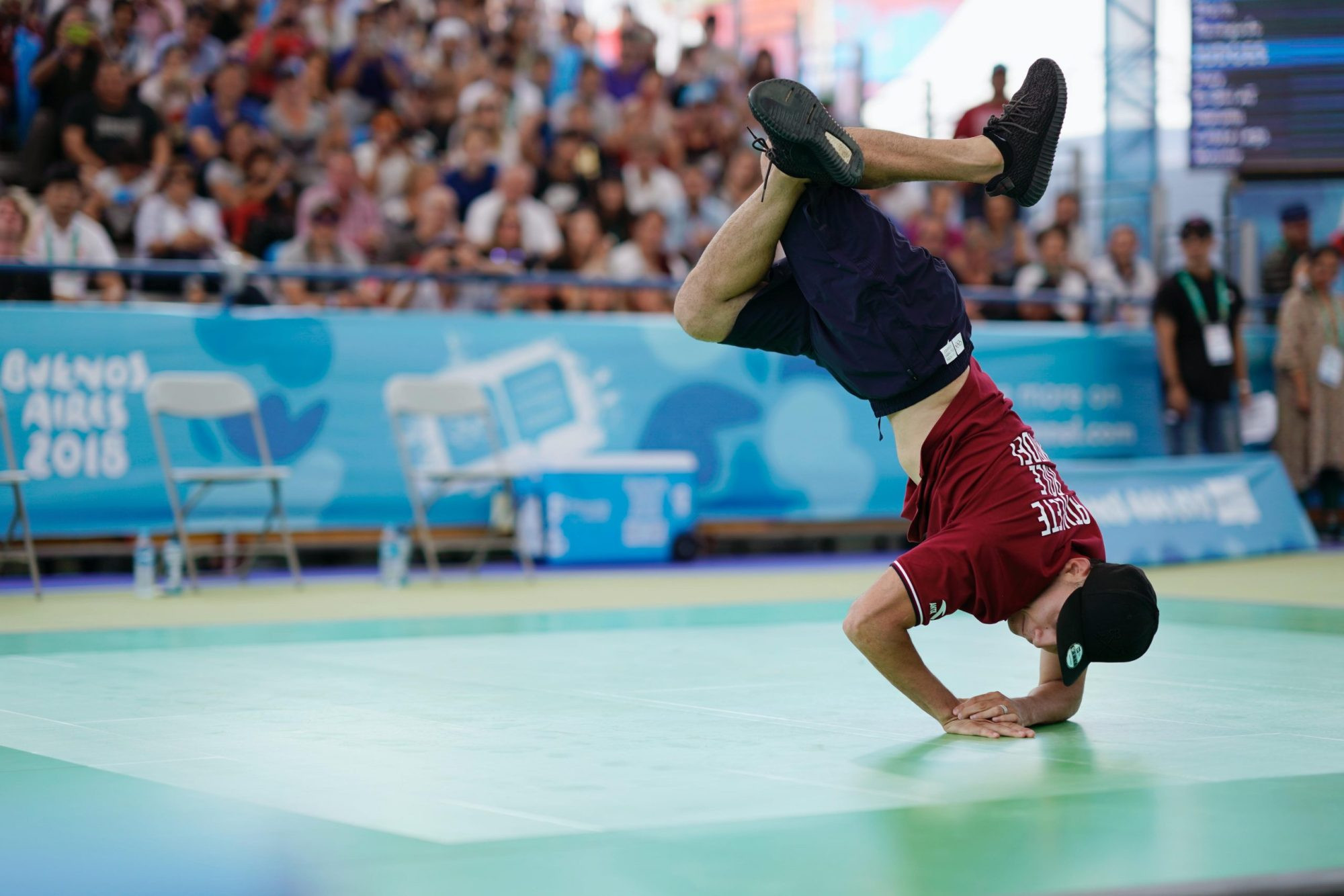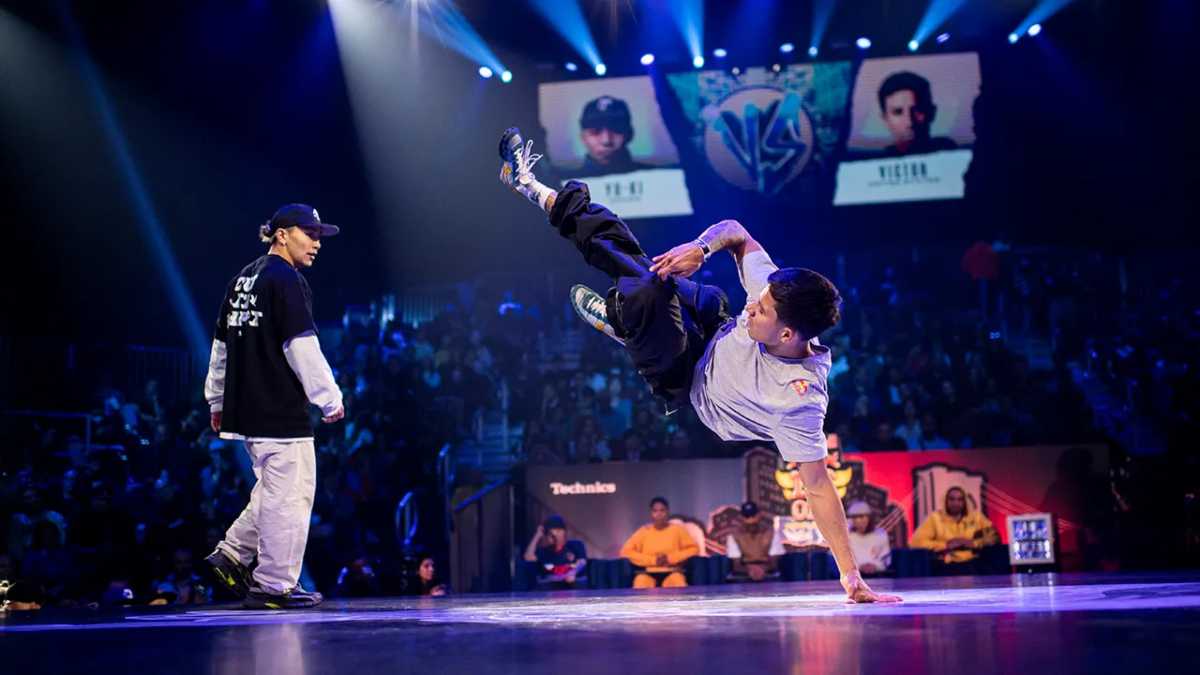History of Breaking at the Olympics

Breaking, a dynamic and energetic dance form rooted in the streets of the Bronx, New York, has undergone a remarkable journey to become an Olympic discipline. From its humble beginnings as a street-based cultural expression, breaking has evolved into a globally recognized sport, captivating audiences worldwide with its athleticism, artistry, and vibrant energy.
The Origins and Evolution of Breaking
Breaking emerged in the 1970s as a form of self-expression within the African American and Latino communities of New York City. It was heavily influenced by various dance styles, including funk, jazz, and martial arts. The early years of breaking were characterized by spontaneous battles in the streets, parks, and community centers, where dancers would compete against each other in improvised routines. As breaking gained popularity, it spread beyond New York City and across the globe, evolving into a more structured and competitive form.
Key Milestones in Breaking’s Olympic Journey
The journey of breaking towards Olympic recognition was marked by several significant milestones. In 2018, the International Olympic Committee (IOC) announced that breaking would be included in the program of the 2024 Paris Olympic Games. This decision was a testament to the sport’s growing popularity, its global reach, and its potential to attract a new generation of athletes and fans. Prior to its inclusion in the Olympics, breaking had been featured in numerous international competitions, including the World Breaking Championships and the Red Bull BC One World Final.
Notable Figures in Breaking History
Breaking has produced numerous legendary figures who have shaped the sport’s history and influenced generations of dancers. Ken Swift, considered one of the pioneers of breaking, played a crucial role in establishing the early foundations of the dance form. The Rock Steady Crew, a legendary breaking crew from New York City, popularized breaking in the 1980s and helped to solidify its place as a global phenomenon. Other notable figures in breaking history include B-Boy Crazy Legs, known for his innovative footwork and his contributions to the development of breaking as a competitive sport, and B-Girl Asia One, a prominent figure in the female breaking scene, known for her technical skills and her advocacy for gender equality in breaking.
Timeline of Major Breaking Events and Competitions
- 1970s: Breaking emerges as a street-based dance form in the Bronx, New York City.
- 1980s: Breaking gains popularity worldwide, with the rise of iconic crews like the Rock Steady Crew.
- 1990s: Breaking competitions become more structured, with the establishment of international events like the World Breaking Championships.
- 2000s: Breaking continues to grow in popularity, with the emergence of prominent figures like B-Boy Crazy Legs and B-Girl Asia One.
- 2010s: Breaking gains recognition as a sport, with the establishment of the World DanceSport Federation (WDSF) and the inclusion of breaking in the program of the 2024 Paris Olympic Games.
Breaking at the Summer Olympics

Breaking, a dynamic and expressive dance form, made its debut as an Olympic sport at the Tokyo 2020 Summer Olympics. This inclusion marked a significant milestone for the urban dance culture, bringing it to the global stage and showcasing its athleticism, artistry, and cultural significance.
Criteria for Selecting Breaking Athletes for the Olympics, Breaking at the summer olympics
The selection process for Olympic breaking athletes involves a rigorous evaluation of their skills, technique, and performance. Athletes compete in international competitions and earn points based on their rankings, with the top-ranked breakers qualifying for the Olympics.
Format and Rules of the Olympic Breaking Competition
The Olympic breaking competition follows a specific format and set of rules.
- Each competition consists of two rounds: a preliminary round and a final round.
- In the preliminary round, breakers are divided into groups and compete against each other in a series of battles.
- The top breakers from each group advance to the final round.
- The final round features a head-to-head battle between the top breakers, with the winner crowned as the Olympic champion.
Breaking at the summer olympics – The judging criteria for Olympic breaking competitions are based on the following elements:
Key Elements and Techniques Evaluated in Olympic Breaking
The judges evaluate breakers on their technical skills, creativity, musicality, and performance.
- Technical Skills: This includes the execution of various breaking moves, such as power moves, footwork, freezes, and top rocks.
- Creativity: Breakers are judged on their ability to create unique and innovative moves and sequences.
- Musicality: This refers to the breaker’s ability to synchronize their movements with the rhythm and flow of the music.
- Performance: Breakers are also assessed on their stage presence, energy, and ability to engage the audience.
Differences Between Olympic Breaking and Other Breaking Styles
Olympic breaking differs from other breaking styles in several key aspects.
- Emphasis on Technical Skills: Olympic breaking places a strong emphasis on technical skills and precision, with a focus on clean execution and complex moves.
- Competitive Format: The competitive format of Olympic breaking is structured and organized, with specific rules and judging criteria.
- Global Recognition: Olympic breaking provides a platform for global recognition and exposure for breaking athletes.
Impact of Breaking on the Olympics

The inclusion of breaking in the Olympics has brought a wave of change, impacting the diversity and popularity of the Games. It’s a testament to the evolution of the Olympic movement, embracing a dynamic and culturally significant sport.
Breaking’s Influence on Diversity and Popularity
Breaking’s entry into the Olympics marks a significant shift towards inclusivity. The sport has a rich history rooted in urban communities, particularly among marginalized groups. Its presence on the Olympic stage showcases the diverse talents and backgrounds that contribute to the global sporting landscape. This has the potential to attract a wider audience, particularly from communities that may not have traditionally engaged with the Olympics.
Potential Benefits of Breaking in the Olympics
The inclusion of breaking offers several potential benefits for the Olympic movement.
- Breaking’s dynamic and visually engaging nature has the potential to attract younger audiences, particularly those who may be less interested in traditional Olympic sports.
- The sport’s focus on creativity, athleticism, and self-expression aligns with the Olympic values of excellence, friendship, and respect.
- Breaking can serve as a bridge between different cultures, promoting understanding and appreciation for diverse artistic expressions.
Challenges and Opportunities of Integrating Breaking
The integration of breaking into the Olympic program presents both challenges and opportunities.
- One challenge is ensuring fair and objective judging in a sport that emphasizes creativity and subjective expression. The International Olympic Committee (IOC) has been working with breaking organizations to develop clear and transparent judging criteria.
- Another challenge is ensuring the sport’s long-term sustainability within the Olympic movement. This requires fostering a strong global network of athletes, coaches, and officials, as well as developing robust training and development programs.
- The inclusion of breaking offers a unique opportunity to showcase the sport’s cultural significance and to inspire a new generation of athletes. The Olympics can serve as a platform to promote breaking as a legitimate sport, attracting investment and resources to support its growth.
Cultural Significance of Breaking
Breaking is more than just a sport; it’s a cultural phenomenon that has evolved over decades. Its origins can be traced back to the 1970s in the Bronx borough of New York City, where it emerged as a form of expression and community building among young people. Breaking has since spread across the globe, becoming a powerful symbol of creativity, resilience, and self-expression.
The cultural significance of breaking lies in its ability to transcend boundaries, uniting people from diverse backgrounds through a shared passion for movement, music, and art. Its inclusion in the Olympics represents a significant step towards recognizing and celebrating the cultural richness of urban communities and their contributions to the global sporting landscape.
Breaking at the Summer Olympics is often a spectacle of athletic prowess and national pride. However, the controversy surrounding the Nassau County ban on masks highlights the complex intersection of public health and individual liberties, which also permeates discussions about safety protocols at large sporting events.
While the Olympics strive to create a safe environment for athletes and spectators, the debate over mask mandates underscores the challenges of balancing competing priorities in a globalized world.
The Summer Olympics are a global spectacle where athletes push their physical and mental limits, striving for victory. However, these events are not immune to external factors that can impact their course, such as the COVID surge that disrupted the 2020 Tokyo Games.
The pandemic forced organizers to implement strict health protocols, altering the experience for both athletes and spectators. This underscores the importance of public health considerations in major sporting events, ensuring the safety and well-being of everyone involved.